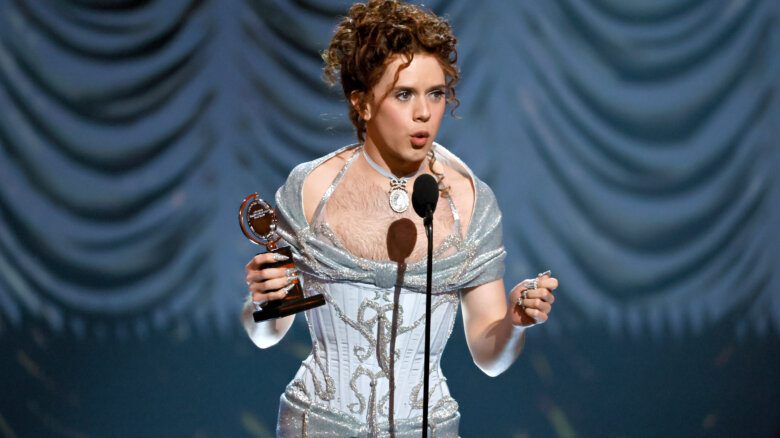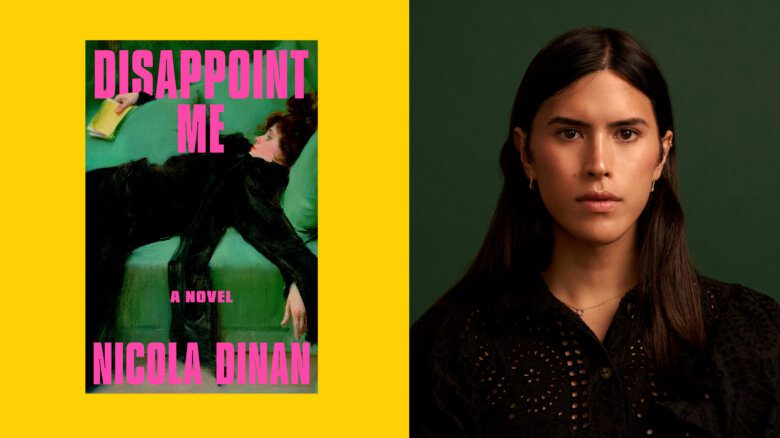For anyone who pays more than lip service to the notion that post-Stonewall gay men and lesbians owe a debt of gratitude to street queens, Michel Tremblay’s work should be required reading.
The Québec playwright and novelist lovingly re-creates the particular ambiance of Montréal’s St Lawrence Blvd, la Main, especially south of St Catherine St, the haunt of prostitutes, transvestites and small-time criminals.
This is exactly what it must have been like for us in the days when we were truly marginalized. And let’s face it; in an era of urban gentrification and Charter rights, a Tremblay play or novel is the closest any of us are likely to get to that particular historical reality, when the gay and lesbian universe intersected with skid row.
Les Belles-Soeurs, his breakout play, turns 40 this month. This anniversary serves to remind us that if Tremblay is one of Canada’s greatest playwrights, he is certainly its greatest gay author.
Of his huge output, including 26 plays and 12 novels, West Coast audiences are probably familiar with Hosanna, The Pleasure of Her Company and the Impromptu of Outremont, all of which have received productions in Vancouver.
Tremblay’s success is all the more astonishing because his writing principally focuses on two socially marginal groups: poor working class women and transvestites.
Moreover, as the Canadian theatre Encyclopaedia observes about Les Belles-Soeurs, “the language Tremblay used in the work —joual —was still a rare thing in Quebec theatre but the work used it in a frank, often brutal, way… The language was not simply used for shock-value. The piece also set out to prove that the language of the streets was a beautiful thing…”
Contrary to popular belief, joual is not standard Québec French. It is a distinct working class dialect spoken in the East End of Montréal, and to have written a play in it was a daring, provocative choice on the part of a novice playwright.
It made him famous in his province, but he paid a price for it: The Quebec government refused to pay travel expenses for the 1972 Paris engagement of Les Belles-Soeurs because of its use of joual.
Ironically, in later works, especially some of the novels which are set in a bourgeois milieu, Tremblay writes in a grammatically literate, elegant prose, no small accomplishment for the son of a Montréal working class family who had to drop out of school in the 11th grade to earn a living as a linotypist, the family trade.
His transvestites are superbly tragic, larger than life characters. They’re loud, coarse, funny, and hopelessly sad: in a word, gallant.
Like his female characters, and Tremblay has created some of the strongest, most convincing female characters in Canadian theatre, his transvestites have their inner demons, which they attempt to exorcise through verbal fireworks.
The world they inhabit is sordid and violent —one of his recurring characters, the Duchess of Langeais, meets her end with her intestines spilling out onto the sidewalk after a stabbing —and their view of life grim. Yet they can, through sheer force of will, transcend their misery.
Many of his characters leave life only to enter myth because, for all the accuracy of his observation (and he could almost be an anthropologist), Tremblay is first and foremost a poet.
Although he has written about contemporary gay relationships, including the first Québec television show to feature an ongoing gay relationship, in many ways Tremblay is a throwback to an earlier generation of homosexual artist, with an almost feminine sensibility finely attuned to suffering.
“I think I am a rare breed,” he once said in a 1987 CBC interview. “A homosexual who doesn’t like men.”
Tremblay’s suffering street queens retain their artistic and historical validity because they remind us of the price of marginality when it is imposed and not freely assumed.
I always come back to his cycle of plays and novels featuring his rotating cast of transvestites whenever I feel the need to get back to my historical roots. After all, they’re bound to show sometimes.
 Why you can trust Xtra
Why you can trust Xtra


